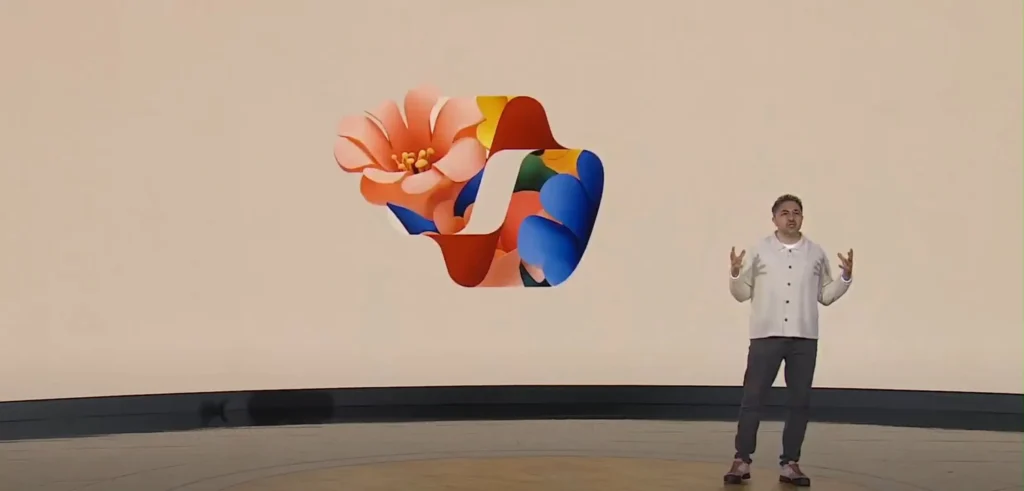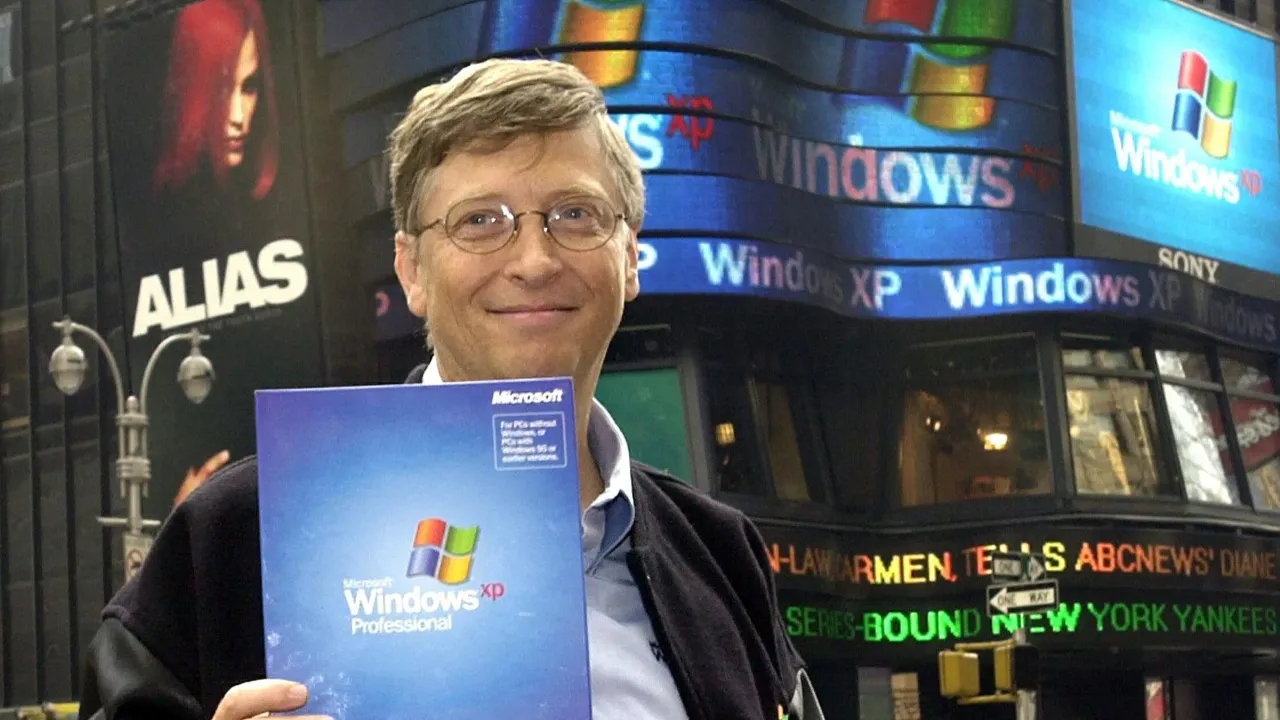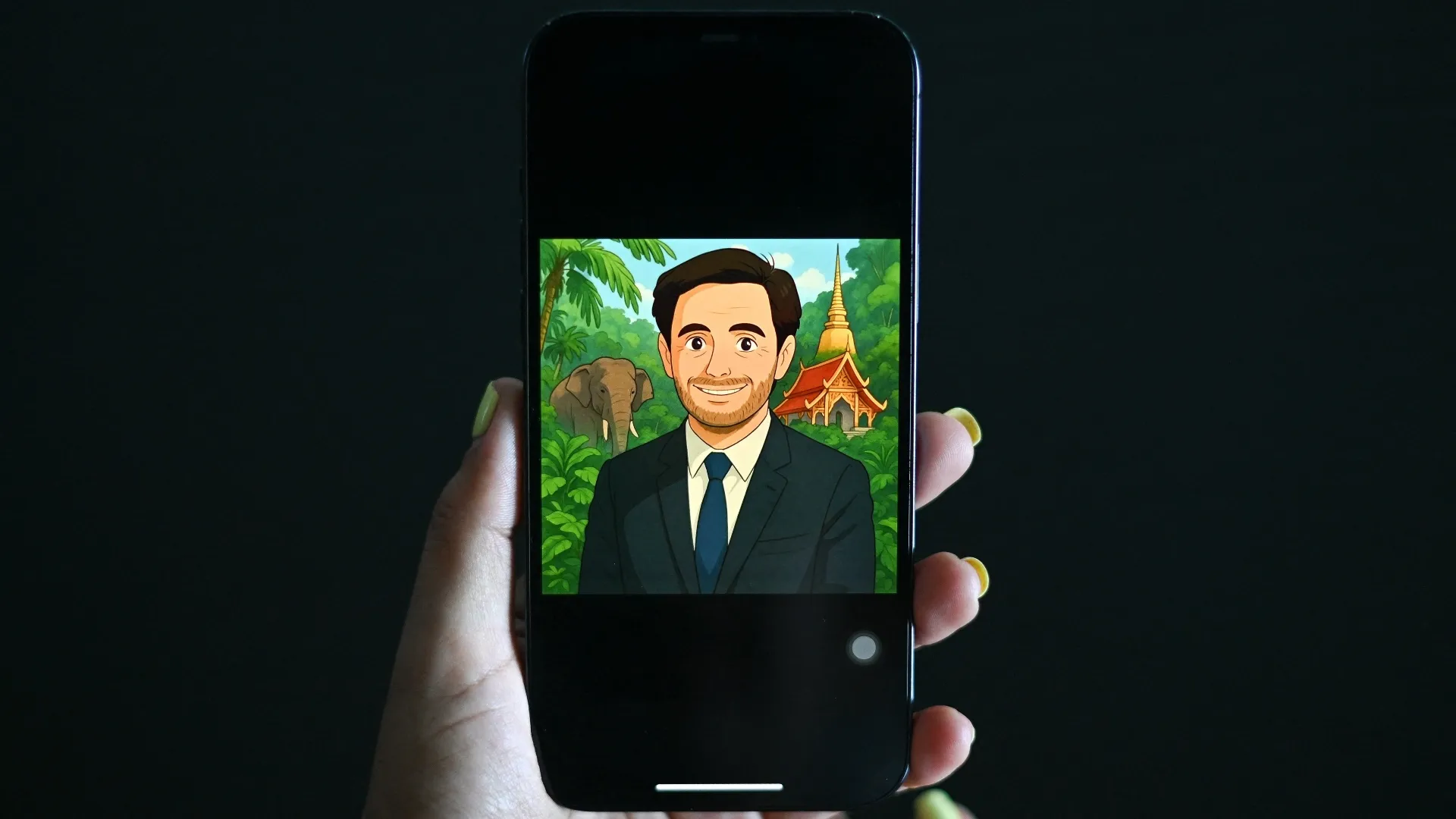
When Microsoft launched its Copilot app, initially as Bing Chat in 2023, the tech world buzzed with excitement. Offering a better version of ChatGPT, it stood out with its ability to pull up-to-date answers from the web, making it a game-changer in the AI space. For a while, Bing Chat seemed unstoppable, offering cutting-edge AI technology to its users. But, as time passed, it became clear that the excitement didn’t last. As competitors caught up, Microsoft began rethinking its strategy, and Copilot’s identity shifted dramatically.

This transformation of Copilot has become a topic of intense discussion. At first, Copilot was a powerhouse of productivity for enthusiasts, boasting extensive features and deep technical capabilities. However, as Microsoft pivoted to cater to the broader masses, many of its loyal power users began jumping ship. So, what exactly happened to the Copilot we once knew?
2. Copilot’s Identity Crisis: From Enthusiasts to the Masses
In the early days of its release, Copilot was a robust, extensible platform that could handle technical tasks and offer personalized user experiences. With features like plugin support, users could integrate third-party apps and even configure system settings like Bluetooth or Dark Mode. It was a favorite tool for tech enthusiasts, with its ability to assist in data management and coding.
However, as Microsoft redefined Copilot’s role, it shifted its focus. The AI tool, which once catered to power users and enthusiasts, became something more personal – a friendly AI that users could talk to about their day, relationships, and even emotions. The transformation was clear when Mustafa Suleyman took over as the CEO of AI at Microsoft. Under his leadership, Copilot was marketed as more of a “digital friend” than a technical tool.
3. A Shift in Features and Appeal
This shift in Copilot’s direction has been polarizing. For users who appreciated Copilot for its technical depth and productivity features, the new emphasis on personal interaction has been a step backward. “Think Deeper” mode was added to help, but for many, it wasn’t enough to regain what was lost. The AI’s responses became less technical, less detailed, and less appealing to power users, many of whom now prefer using ChatGPT for more robust, technical tasks.
Microsoft’s shift to a more approachable AI could be seen as a way to broaden its appeal. However, for those who relied on Copilot as a tool for efficiency and productivity, the change has left a bitter taste. Some have even gone as far as to call for the end of Copilot, suggesting that there’s no real need for it when ChatGPT or other AI services offer more comprehensive capabilities.
4. New Features, Same Struggles: Copilot’s Missed Opportunities
Despite these setbacks, Microsoft hasn’t given up on Copilot. New features have been introduced to differentiate it from competitors. Copilot Vision for Windows and Edge lets the AI view your screen and offer personalized suggestions or tutorials based on your activity. Another feature, Copilot Memories, builds a profile of the user, allowing it to remember details from previous interactions.
These new innovations show that Copilot isn’t lacking in ambition. However, when it comes to raw technical ability, other AI models are still outpacing it. While Copilot offers cutting-edge features, it’s often the first to introduce them, but doesn’t always follow through in terms of depth or performance.
5. The AI Friend vs. AI Tool Debate: What Does Copilot Really Offer?

At the heart of the issue lies a fundamental question: should AI be more like a friend or a tool? Microsoft seems to believe that the future of AI lies in creating a personal, friendly assistant. Yet, for many users, this shift may not be the answer. “I don’t want to talk to an AI about my personal life,” says one user. “I want it to work in the background, helping me get things done without having to ask.”
The concept of an “AI friend” is still somewhat foreign to many people, and it seems that Microsoft is pushing for something the public isn’t quite ready for. In contrast, the ideal AI for some is one that seamlessly integrates into their daily life – not one that requires active interaction to be useful.
6. Copilot’s Future: A Ubiquitous AI or a Digital Friend?
Looking ahead, Microsoft’s biggest challenge will be balancing the needs of casual users and tech enthusiasts. Some feel that Copilot should focus more on being invisible – an AI that integrates seamlessly into the Windows operating system and works automatically in the background. Users envision a system where AI is always present, anticipating their needs before they have to ask. But this isn’t the direction Microsoft is currently heading, and that could be Copilot’s ultimate downfall.
With OpenAI’s ChatGPT not tied to a specific operating system, it’s clear that Microsoft has a unique opportunity to build a fully integrated AI experience within Windows. Yet, the question remains: can Copilot stay relevant in an increasingly competitive AI landscape if it doesn’t meet the needs of its power users?
7. Is Copilot’s Identity Crisis a Temporary Setback?
In conclusion, Microsoft’s Copilot is at a crossroads. While the shift from an AI tool to a more personal “AI friend” might appeal to some, it’s alienating the very users who helped make it successful in the first place. Copilot’s future will depend on whether Microsoft can find the right balance between being a helpful assistant and a tool that works quietly in the background. If the company can achieve this, Copilot may still have a chance to reclaim its place at the forefront of AI innovation. But if the current trend continues, it may be a case of too little, too late.
